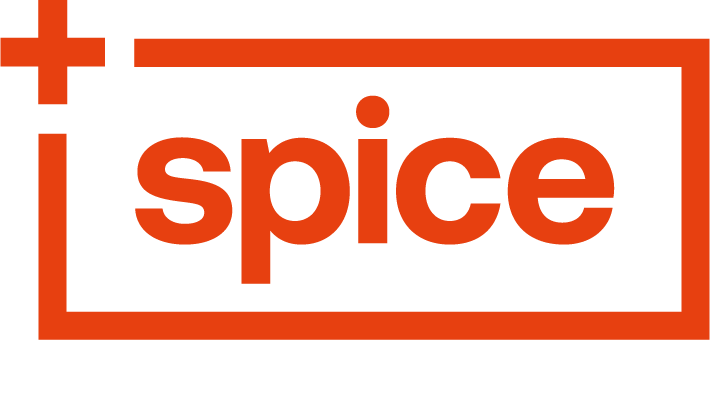
Times they are a-changing – and quite rapidly, thanks to advances in technology and the impacts of COVID-19.
In spite of that, some things will always remain the same when it comes to people management. One of those is the legal need for individual employment agreements for each of your staff members.
But even these standard documents need to evolve with the times. With flexible work arrangements and lockdown restrictions becoming the norm, it’s essential to modify your individual employment agreements (IEAs) to reflect any changes to salary, hours, location or job description.
So, let’s look at why IEAs are so vital, what changes you may need to make to them due to the evolving workplace climate, and how to modify them.
Individual Employment Agreements: Are Yours What They Should Be?
The Value of Individual Employment Agreements
Employment agreements can be collective or individual, but the bottom line is that they are a legal requirement under the Employment Relations Act. If you employ someone without a signed agreement, you could face fines of up to $20,000.
Beyond legal compliance, employment agreements provide enormous value for both employer and employee. The same can be said about job descriptions (JDs) and employee handbooks. Although a handbook isn’t a legal requirement, all these documents help outline the expectations for both parties.
Clear communication is vital in any working relationship, and these documents set the scene for effective communication from the beginning. They outline exactly what is expected for the employer and the employee, including the rights, obligations and responsibilities of each.
New employees know exactly what’s expected of them, and there’s no confusion. This enables them to perform to expected standards, and simplifies the performance management process for managers.
The Benefits to Both Parties
The IEA and accompanying documents cover things like job performance and indicate what actions could result in a termination, guiding employees on how to act appropriately to align with your organisation’s workplace culture.
When these conditions are clearly stated, employers have recourse to take disciplinary actions if they are breached.
With salary, benefits, time off, work hours, and general expectations clearly outlined, everyone is on the same page, reducing the chance of conflict and miscommunication. These documents really do form the backbone of a positive work relationship and workplace culture.
Modifying Employment Agreements
In today’s working climate, it’s quite likely that an employee’s role or working conditions will change at some point during their time with your organisation.
More people are already working from home or considering flexible working arrangements thanks to COVID-19.
As such, it’s vital to modify individual employment agreements to reflect these changes. But as with the initial agreement you made when hiring, these changes can’t just be decided by the employer and forced upon an employee.
They must be mutually agreed upon, and there is a process to follow, even amidst the uncertainty of COVID-19.
Any modifications should be preceded by a consultation period, where managers clearly explain the changes and why they are being proposed. Employees must then be allowed time to consider the proposal and given an opportunity to provide feedback or offer alternative suggestions.
Any adjustments to the IEA must be made in good faith, agreed to in writing, and signed by both parties, regardless of whether it’s a temporary or permanent change to the agreement.
The key words here are “good faith”. We understand that everyone is under increased pressure during lockdowns, and many are facing hard times, but none of this removes the need to treat each other fairly and kindly.
Accommodating Different Ways of Working
Of course, it’s not just employers who can instigate a change to IEAs. Employees also have the right to ask for flexible work options, including changes to their hours, days, and place of work.
If employees are shifting to remote work or working from home, even temporarily, it’s still the employer’s responsibility to protect them from workplace health and safety risks – both physical and mental.
Due to restrictions around COVID-19, businesses may have to find different ways to operate to keep everyone safe and comply with regulations, such as staggering start times or offering work from home opportunities. These changes may be permanent or temporary, but the length of time should be outlined in the IEA.
Any change in hours – whether a reduction or a return to normal hours – must be stated in writing in the employment agreement or variation to agreement and signed by both parties, after the employee has had time to consider the changes.
In some cases, an employee might agree to a change in job description where necessary. As with any other modifications to the IEA, the employer has to follow the correct processes for these changes.
An individual employment agreement is a vital document that protects you and your employees, provides clarity, and ensures everybody is treated fairly. Right now, and perhaps for years to come, the workplace is rapidly evolving, so your employment agreements must evolve too.
If you need support or advice about how to handle your IEAs, contact Spice HR today.
